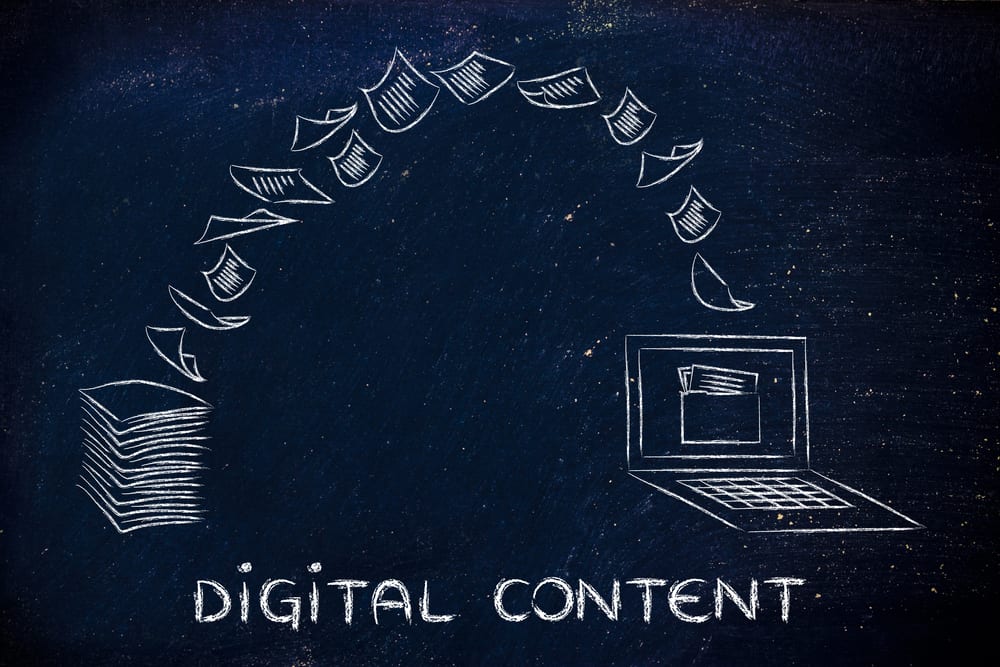The internet is a clutter bowl of information and unfortunately, a large proportion of substandard nuggets of content still manage to rise to the surface and interrupt or distract the consumer. Your focus should be to improve the quality of your content, better what you see and read from your competitors, all the while adding new value to your audience. That being said, there’s no shortcut to creating a thing of beauty and this rule rings true when producing content for the web. As search engines continue to encourage a more user-friendly experience from marketers, authors and publishers we are therefore duty bound to attempt to raise the bar, whatever the scope of the project may be.
It’s all too easy to get carried away with a swiftly-formulated plan or ride the bravado of a recent string of impressive results, when in truth, you’re only as strong as your current content offering and the tools at your disposal. I’m mainly referring here to producing promotional content pieces whereby success stands or falls on its ability to drive links, coverage and social engagement.
Here are a few lessons I’ve learned (albeit the hard way) about the planning, production and distribution stages of the content creation cycle as a digital content specialist. Acknowledge and accept the statements below to maximise your output and edge closer to delivering a higher quality end product.
The Planning Stage
#1. Your content idea already exists
Swallow hard. There’s a high probability that the idea your team has given the green light to lacks originality or a unique lens to resonate with your audience. Chances are someone has already beaten you to the punch. Add a twist, make it personal or accept the reason your content isn’t flourishing is because your audience is already too familiar with what you’re presenting them with. There is no place for ordinary in an overcrowded market.
#2. Your expectations are unrealistic
You can’t win them all. Between the bouts of success, your content achieves – whether that is built around leads, conversions, traffic or other such metrics – there will be dark spells. A drought can be expected and provide you learn from what didn’t work out you can bounce back stronger. Managing expectations, particularly when communicating with clients, will help you put ego to one side and focus on realistic outcomes so the emphasis on a steady incline long term comes before quick, sporadic wins.
#3. Your objectives are unclear
Each type of content project comes with its own unique set of challenges and requirement for measuring success. A common pitfall that content authors and marketers fall to avoid is not setting out goals at the initial planning stage and limiting the accuracy to formulate an analysis of how well the project has gone. Familiar metrics, such as links, traffic, sales, conversions, awareness and social engagement can all be recorded manually or through tools, so there are no excuses to neglect this. Bases on past work and projected growth of your brand, common sense should prevail.
The Production Stage
#4. Feedback is jeopardising the quality of work
Opening up your content product to constructive criticism is both a positive and negative move: the former encourages fresh eyes to present useful evaluations on how the calibre of your body of work can be upgraded; the latter invites contrasting opinions to compromise on the original idea to the point where the final product is weaker, or less appealing than before. As more people become involved in the process, the likelihood of the content entering through rounds of amendments will increase. In this scenario, it’s crucial to stick to the original plan and goals.
#5. You are poorly managing your work
There are many aspects of management that can draw your plan of action to a standstill, many of which refer back to the planning stage of the content creation cycle. Tracking time, costs and resources are the three main factors to keep a handle on, as these components serve as the building blocks of any content task. When one falls out of place, the entire project crumbles. Not working within an allocated budget, timeframe and failing to monitor the progress of resources can be the difference between success and failure, and damage your reputation as a person of responsibility.
The Distribution Stage
#6. You have no content promotional strategy
A great piece of content needs a platform on which to shine. Without it, no one will know it exists. Invest time, finance or creative thinking into promoting your material through channels where your audience can interact with it. As an example, nowadays the holy grail of content distribution is having your item featured on a mainstream news site, and so you may decide to reach out to the journalist directly. This is an art in itself, be relevant and direct. No spam or waffle. Alternatively, social ads may work better for your cause, so ensure your budget is used to best effect.
#7. You’re talking to the wrong audience
The days of firing off a round of emails into the wilderness of the press wires in the hope that a journalist picks up the scent are behind us. With more emphasis on great quality content than ever, significant effort must be spent on who to target the content to. Research before you launch. Stalk your correspondent. Know what piques their interest before interrupting their day to send forth your proposal. Because, after all, the people who read your proposal have more important priorities. They owe you nothing. To the wrong audience, your proposal is nothing but junk mail.
Image: pile of sheets being turned into data, concept of digital content


